Editor’s intro: Dr. S. Ryan Facer, of Greater Endodontics builds his practice with progressive, forward-thinking ideas and innovative technologies.
For the Greater good of endodontics
What can you tell us about your background?
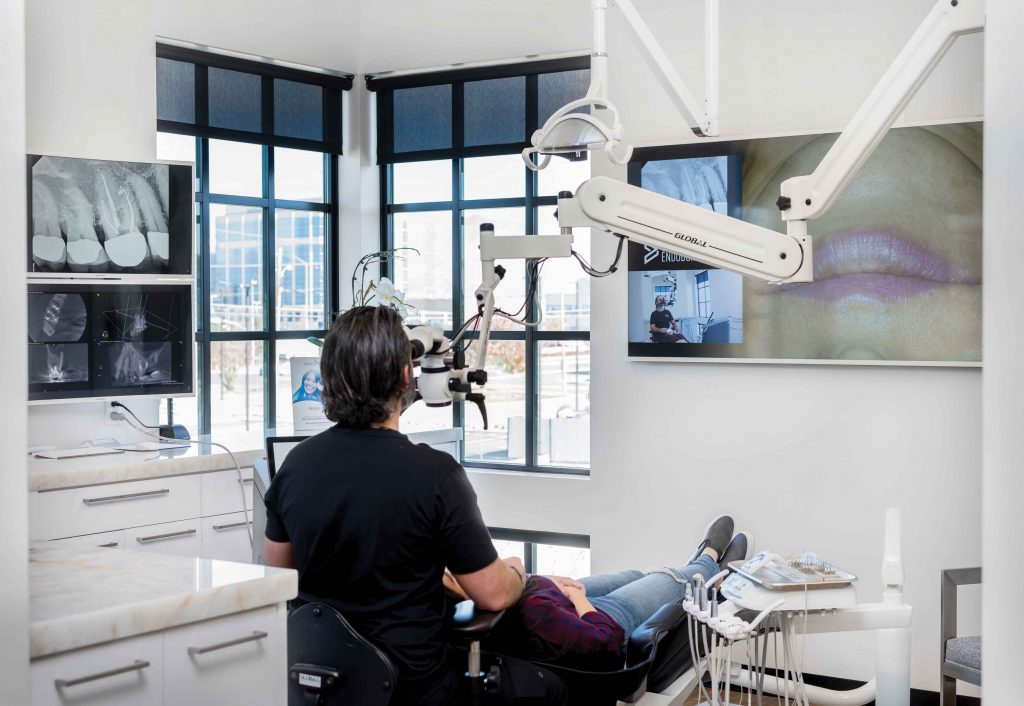
I grew up in Bountiful, Utah, where I thoroughly enjoyed roaming around the Wasatch Front, especially when it came to mountain biking, snowboarding, wakeboarding, and rock climbing. But as it goes, I eventually had to grow up and decide upon a profession. At that time, I had no interest in dentistry, but I had an interest in an Italian girl whose dad was a dentist. So, needless to say, I earned my dental degree. I went on to graduate from the University of Utah with a degree in medical biology and attended the University of Iowa College of Dentistry. I graduated with high distinction and continued on thereafter, specializing in endodontics. I have been published in peer-reviewed journals such as the Journal of Endodontics and the Journal of Dental Research. My research interests range from sealer coverage, bacteriophage therapy, roentgen therapy, and adult stem cells with an emphasis on bone biology and dental trauma.
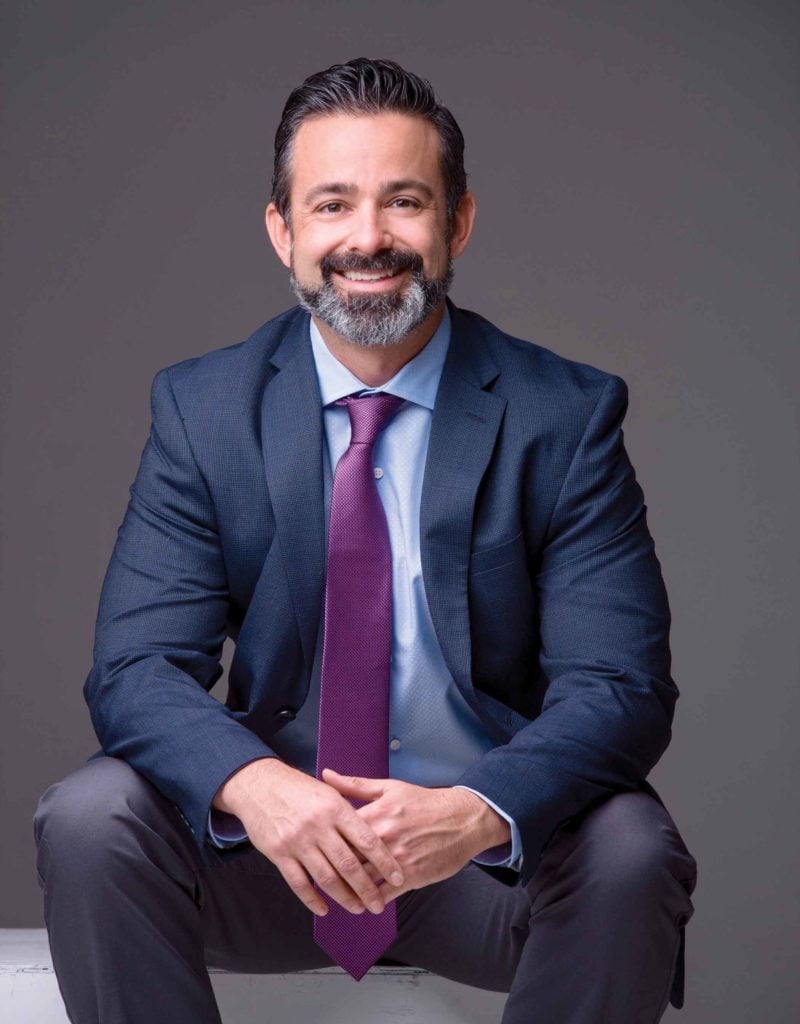
I have been passionate in my pursuit to find new and innovative ways of treating and curing dental caries, pulpal diseases, apical periodontitis, and bone regeneration. I continue to teach locally and nationally and have actively maintained private practice since 2005. I’m known for bringing discovery and innovative ideas to industries to better treat patients and mentor colleagues.
When did you become a specialist, and why?
While in dental school, I was on a scholarship that required me to participate in a research project. I quickly aligned myself with Dr. Richard Walton, who eventually became my reasoning and inspiration to become an endodontist. I had a natural affinity and attraction to microbiology, anatomy, and physiology. Endodontics offered me a unique understanding and perspective that incorporates these sciences, which is somewhat unique to endodontics and pulp tissue. For me, the prospect of restoring a tooth back to health or giving a tooth a second chance is very appealing and pure. I needed to find a way to incorporate basic sciences into dentistry, and I needed to find a way to use these skills in the way I practice dentistry. I have always looked at teeth differently, as plants not rocks. Rocks can be chipped away and ground down with little consequences. Yet teeth behave differently, or rather, they misbehave. The pulp requires much more attention to detail — attention that I was willing to give. The idea of future possibilities, possibilities pulps may offer us, possibilities of doing dentistry differently, gave me the desire to specialize. I was willing to do the research work, and I was willing to go beyond benchtop research. I wanted to innovate toward better patient care, better clinically techniques, and better root canal outcomes. I believe endodontics begins upon bacteria entering the pulp, and would that not be wonderful if a clinician could eradicate the bacteria without harming the pulp or living tissue?
Is your practice limited solely to endodontics, or do you practice other types of dentistry?
While my practice is limited to endodontics, it includes removal and replacement of a tooth when it is determined to be non-restorable or when the tooth is given a hopeless prognosis. When I was in my residency, I began to chase the dreams and possibilities of using stem cells to further our great profession. I proposed a crazy idea that involved the Dows Institute and the department of medicine at the University of Iowa. There I had two fantastic mentors who became engaged in taking palatal stem cells and growing those cells into three-dimensional bone, using a rotary cell culture devices made popular by NASA. Their interests were in studying cells and their behaviors in a microgravity environment. For me, the translational applications seemed wondrous. That project drew me into the fascination of bone biology and the similitude to pulp biology. It drew me into the innate curiosities of vitality and eradication of infection in living and nonliving tissues. Ironically, this led me into the wonderful world of bone regeneration, bone grafting for dental implants, and for apical pathosis concurrently. Consequently, my practice today is split between practicing endodontics and dental implants, having done so since 2005.
Why did you decide to focus on endodontics?
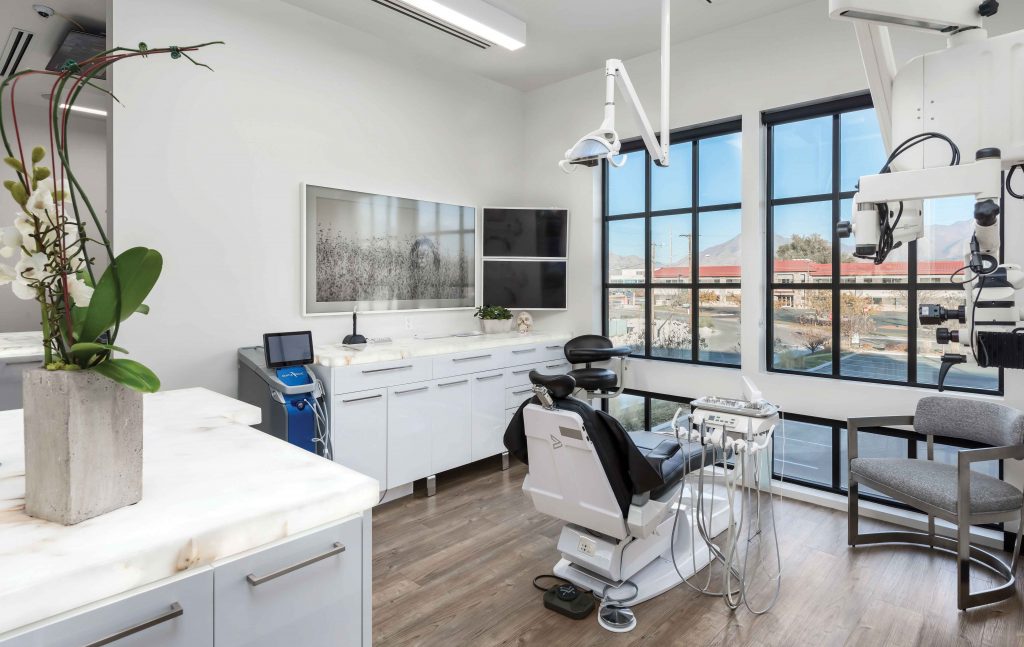
The reason I jumped right into endodontics after dental school was because I was missing the biological component of my background. The regenerative potentials and treatment modalities of the pulp captivated me. The regenerative potential and treatment possibilities of bone interested me. Eradication of bacteria from living and nonliving tissues excited me. I believed that the future would hold more possibilities within the realm of endodontics than restorative and material sciences of teeth. We have done so much with burs, files, and materials. In fact, Arthur Barton Crane in 1920 made this published statement: “The upward progress of dentistry has been marked from the beginning by a tendency to perfect the purely mechanical and compromise with the therapeutical.” So yes, historically dentistry has largely focused on the mechanical and little on the biological, but endodontics has insight and offerings into future courses of action unique to the dental pulp and potentially can make a giant step forward toward the therapeutic and biologic.
Do your patients come through referrals?
We see about two-thirds of our patients from referrals by general dentists and about one-third from word-of-mouth referrals, specifically from patients we have treated. Social media and millennials have really changed the game when considering the importance of patient education and expectations. Patients have become more self-educated, self-aware, and self-conscious about what treatment we are performing, even how it should be done. Stated simply, patients want better root canals. Subsequently, I am about to launch a marketing campaign that will target the general public with this message, aligning the interests of top endodontists across the United States. We will be reaching out to align our interests with other endodontists in their respective areas Q1 2019.
How long have you been practicing endodontics, and what systems do you use?
I have been practicing endodontics since 2005. Like other endodontists and dentists, I have a tendency to learn about almost every endodontic approach and system on the market. I love to learn what works best in my hands and what doesn’t, and to verify what manufacture claims are, and take the best-in-class products and apply it to the right circumstances. Like my grandpa always said, “If you don’t have time to do it right the first time, when will you have time to do it right the second time? Always trust, but verify.” I like to look at the anatomy of the tooth and resolve what is the most efficient way to get the job done. I have always practiced A-Z endodontics behind the microscope and have used CBCT ever since it was made available to me. Good information makes for good decisions. I don’t regret incorporating either one of those technologies and would not even think about not using it during a root canal treatment. Then came the GentleWave® Procedure, brought to us by Sonendo®. This has been the most interesting system and the most interesting approach to come my way in a long time. This technology is not based upon advance metallurgy; this technology is based upon advanced fluid dynamics cleaning and shaping root canal complexities as a procedural event. This technology is more closely aligned to my fundamental reasoning in becoming an endodontist and the dreams I was chasing during my residency. The emphasis toward changing the way root canals are performed has really shaken the industry up for good and the good of the profession. It offers us new skills; it provides new possibilities; it can give our patients better outcomes. But the thing I like the most is its emphasis on the therapeutic, the biological, in both the living and nonliving tissues of pulp and the spaces it occupies.
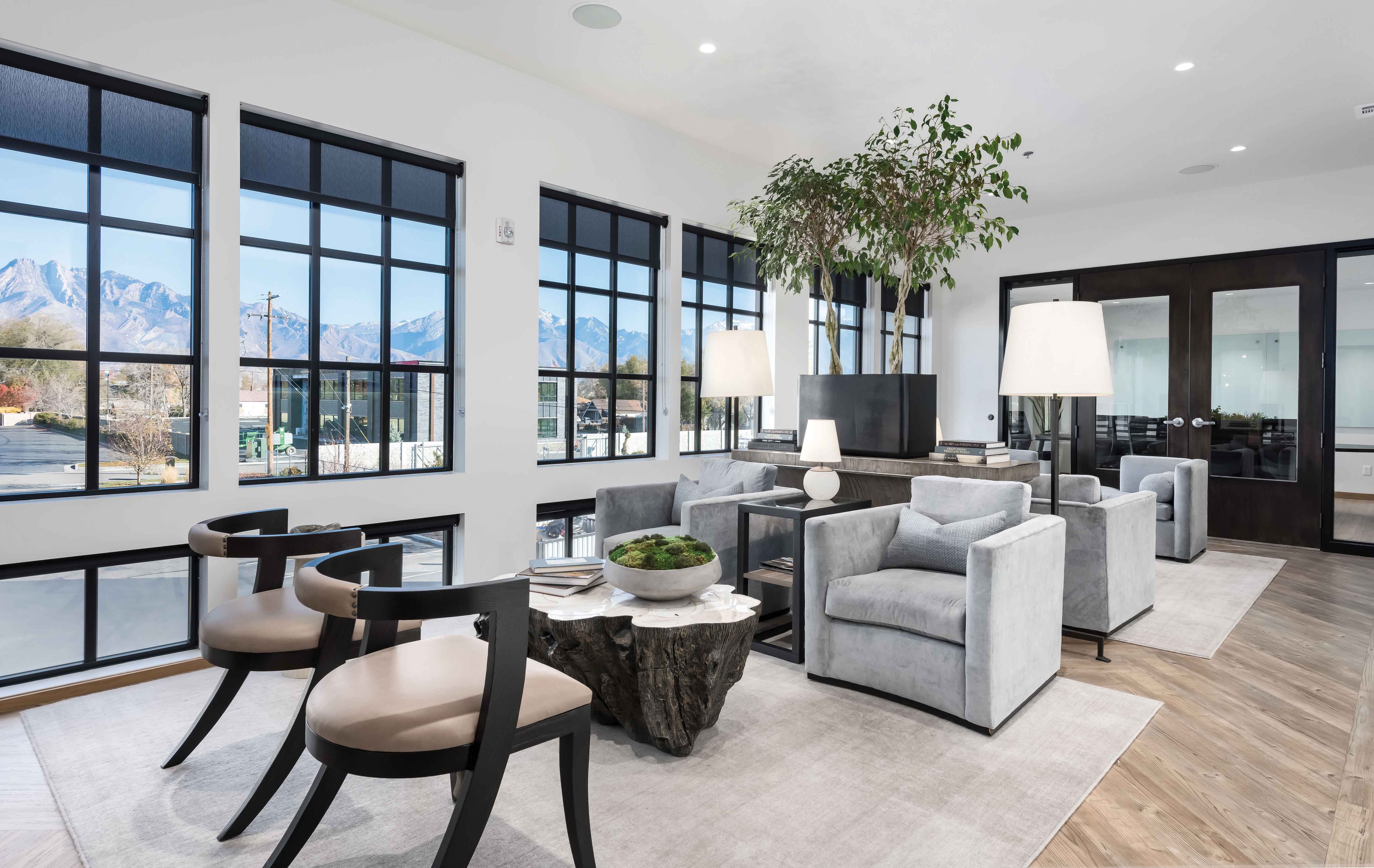
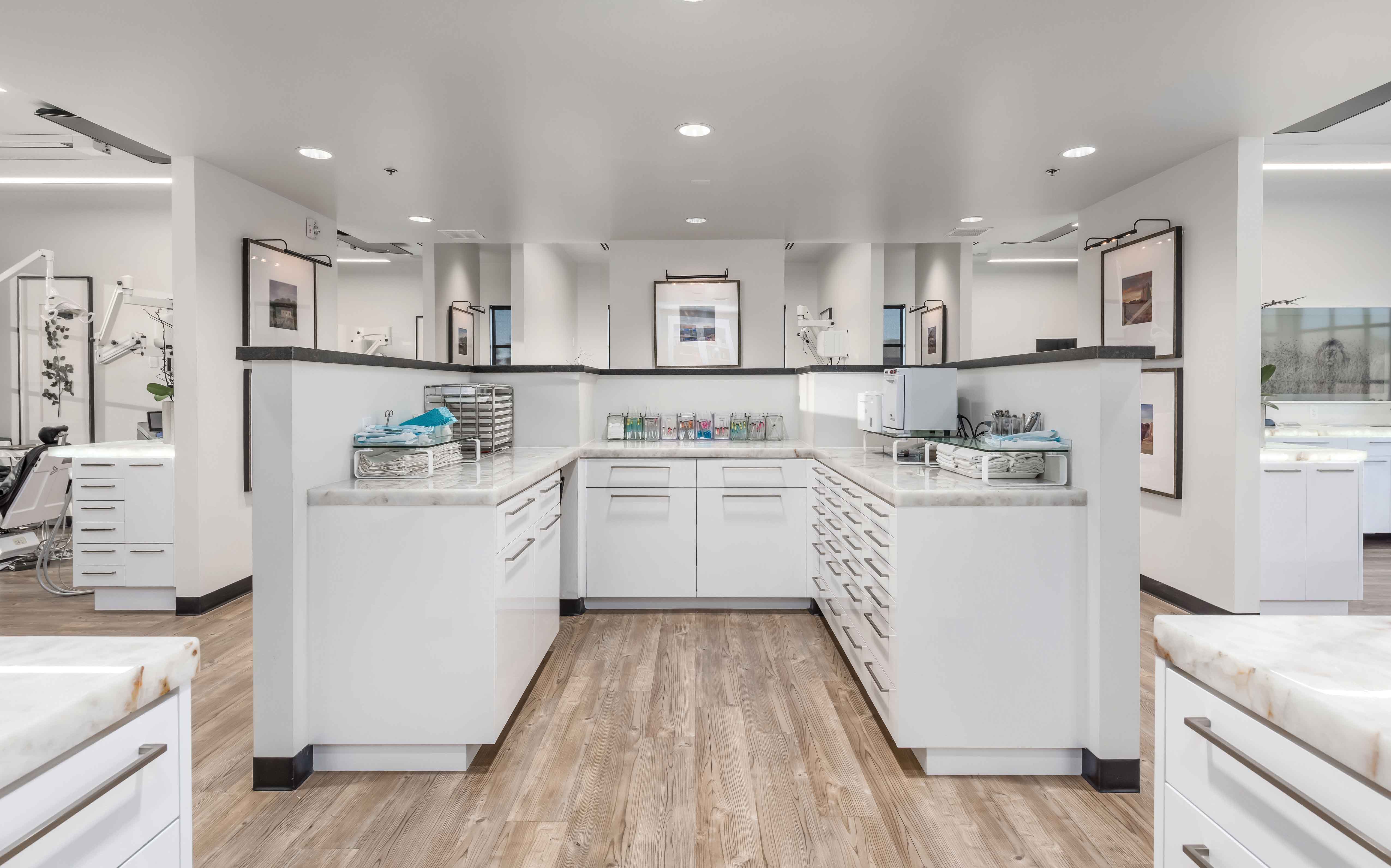
What training you have undertaken?
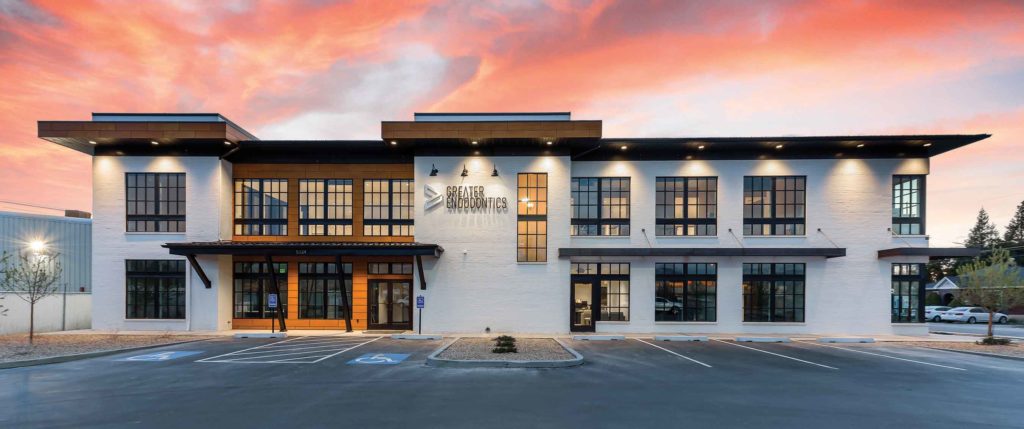
Training never stops; residency, membership in AAE, and the associated gatherings our dental professions offer, not only are mandatory but rewarding. I make conscious attempts to be progressive and forward-thinking. I enjoy following the brightest minds in any discipline; certainly, I don’t just limit myself to endodontics or even dentistry for that matter. I often find my greatest inspirations from past history and from other sciences. Learning how to apply what you find and translate it to dentistry is easier said than done, yet it is so important to keep a thumb on the pulse of breakthroughs in any and all disciplines that may shed light on problems we face. I have also found a treasure trove of insight following the tech sector, particularly Silicon Slopes trends here in Utah.
Top 10 favorites
- The GentleWave® System
- Microscope
- CBCT
- Bioceramics
- Fifth-generation rotary files
- 3% saline
- 70/30 corticocancellous bone graft
- ParaCore® build-up
- NOMAD™
- 2AS rubber dam clamp
Who has inspired you?
Like any and all of us, we all have a list of individuals who have helped shape who we are today. As I state earlier mine begins with Dr. Richard Walton at University of Iowa, followed by Drs. Eric Rivera, Bill Johnson, James Jostes, Lynne Baldassari-Cruz, Anne Williamson, Bruce Justman, and Ali Fakhry, a periodontist who has done more to inspire me toward greatness in dental surgery more than words can describe. But I cannot fail to mention Dr. Galen Schneider, PhD, cell biology and Prosthodontics and Dr. Stephen Hunter, PhD, MD, who both believe enough in me to support my research and interests in stem cells.
My list is plentiful and impressionable. They are great men and women who have directly inspired me and shaped me and continue to inspire me. I am indeed grateful to each and every one of them and the University of Iowa. I will always be open to newer and better ways to look at treatment methodologies because of these great people. I also admire many other historical dental figures and scientists in disciplines outside of dentistry. I’m always looking for other translational applications in their stories and hope to do more with my profession by way of innovation and development than traditional mainstream practices of patient care in endodontic practice.
What is the most satisfying aspect of your practice?
People are not excited to visit the endodontist, yet it’s extremely satisfying to see people shocked at how easy and even pleasant a treatment can be. Usually, patients have had a previously negative experience, a failed attempt, or have anticipated the root canal treatment as being extremely painful. I suppose, in a way, we are lucky to be in a discipline where patients are buckled up for a painful operation. You can take that opportunity, turn it on its head, and make the experience a positive one. We call it “creating wows.”
My favorite compliment is when people sincerely thank you or give you a hug. Another compliment I love is when someone says “that was way easier than the crown prep.”
Professionally, what are you most proud of?
Professionally, I’m proud of becoming an expert, and using my expertise in many diverse ways. Outside the walls of treating patients, I’ve been involved in software and app developments as well as product development and education. Currently, I have built my fourth endodontic practice and have incorporated a novel approach to train and educate my dental colleagues, with live learning and giving live mentoring experiences. Despite what I have done professionally, my greatest achievements are my five kids.
What do you think is unique about your practice?
Sometimes it just easier to see it to believe it. Greater Endodontics™ (in Murray, Utah) is all about what make us great. I believe our surroundings should reflect this. I was on a mission to create an environment that inspires me, my colleagues, and my patients. I aligned myself with others who foresaw its potential. We used the great landscape of Utah and the Wasatch Front to build our practice with iconic views of the mountains. With help from others, we made the hallmark feature around illuminating, soft-lit countertops made from real stone, which we often utilize as the sole light source in the operatory. The result is a soft, comfortable light that puts a patient at ease and promotes an experience with less anxiety. We have used and incorporated all form of technologies possible to make our patients comfortable. This ranges from noise-cancelling headphones to visual experiences. We also have incorporated local artists to create a gallery of inspirational artwork from the diverse landscapes of Utah. My favorite piece was one painted by my mother.
We also have built dental learning live and have incorporated it into our operatories. We have a lot going on behind the scenes. We have multiple cameras capturing the on-goings of any given operation, the footage being stored and filed for easy access. Our hybrid software/hardware systems will be available for other doctors to take advantage of in 2019.
We have six GentleWave systems that, as of the current date, are the most available anywhere in my state. We are happy to be able to provide the GentleWave procedure to any patient and accommodate their schedule.
The name, Greater Endodontics, continues to push us to be captains of industry in both the endodontic and implant disciplines. If there is a better way to provide healing to a patient, you can bet we will be testing and evaluating.

What has been your biggest challenge?
Challenges come to us all when we feel we can’t escape our hardships. Yet that experience can be one of the most refining things in our lives. Without these to reference, it would be much harder to realize what is really important and what is not. My biggest challenges are probably best left unsaid, but know the depth to which they have shaped me. Consequently, I am passionate toward cancer research and charity events aimed at helping those who are suffering.
What would you have been if you didn’t become a dentist?
I would have been a medical doctor most likely, specializing in a research or in an engineering capacity. I have a love for biology, physiology, and discovery of applications that can make a difference in a patient’s life. I love looking into the past to gain insight into solving problems of the future. I’m more interested in what can be done than what is being done. It is hard to be satisfied with this mindset, but it certainly gives you a drive to push the boundaries. The only alternative career I may have chosen would have been in the tech sector, likely in software development.
What is the future of endodontics and dentistry?
The future of endodontics to me, falls within the realm of reversible pulpitis in teeth. To chase down a microbe with a bur and file only to remove the pulp and kill bacteria is like playing horseshoes and hand grenades — where close enough is good enough. Rather than allowing bacteria to cause irreversible damage or necrosis to the pulp, the future of endodontics lies in the eradication of the causative insults, namely bacteria, while maintaining pulp vitality and pulp tissue health.
This would necessitate and incorporate novel diagnosis, early microbial detection, and novel strategies to eradicate bacteria from the pulp tissue. The future would have to continue working backwards from pulp involvement toward the structural involvements of the enamel and dentin. Until we have novel ways of controlling bacteria, dental caries will also continue to be treated in a fashion similar to root canal treatments, through gross destruction of tooth structures by a bur. But why is that so? If a bacteria can get inside the tooth, why can’t we? Why can’t we hunt bacteria down through the same pathways upon which they encroached the tooth and pulp? The future should turn preventive maintenance inside out. Current preventive efforts include fluoride, floss, and a toothbrush, yet these should never be considered good enough. In fact, the great Dr. Charles Horace Mayo, founder of the Mayo Clinic made this profound statement: “The next great step in medical progress in the line of preventive medicine should be made by dentists. The question is will they do it?” There is, without a doubt, a new frontier with regard to microbe hunting and preventive care yet to be discovered and has been so ever since Dr. Mayo made that statement to dental thought leaders in Chicago in 1913.
What are your tips for maintaining a successful specialty practice?
Good communication! We have countless bosses. Every referring doctor is a boss, and every patient is a boss. Our staff and partners are bosses. Everyone has an agenda and a point of view, as do I. The key is to always over-communicate and set your colleagues up for success. Understand where you fit into the treatment plan and be part of the diagnostic loop. Help the patient understand the value of complete care and think bigger than yourself.
What advice would you give to budding endodontists?
- Come work with our team.
- Look at teeth as people and not people as teeth.
- Treat needs and not benefits; you never know what innovations the future holds.
What are your hobbies, and what do you do in your spare time?
- Spending time with my kids
- Training and exercise
- Pilates and yoga
- Running, biking, snowboarding, boating, and wakesurfing
- Traveling and exploring wondrous destinations
- Humanitarian service missions
- Fly-fishing and losing myself to river time
- Reading biographies, non-fiction, and history books
- Attending Utah Jazz games
Great technology is the foundation of great practices, like Greater Good Endodontics. Read what other endodontists think about the GentleWave™ system here.
Stay Relevant With Endodontic Practice US
Join our email list for CE courses and webinars, articles and more..

